What is “Traditional” tobacco use? For thousands of years, natural tobacco has been an important part of indigenous culture, used in rituals, ceremonies and prayers. Tobacco plants are considered sacred among many indigenous communities across Canada, and because of the long history of traditional tobacco use it is important to differentiate traditional tobacco from commercial tobacco in cigarettes.
Non-commercial tobacco, often referred to as ceremonial tobacco, plays a fundamental role in Indigenous ceremonies and spiritual practices. It is regarded as a sacred plant and is used to offer prayers, express gratitude, seek guidance, and foster connections. The traditional use of non-commercial tobacco dates back thousands of years and is deeply intertwined with Indigenous cultures’ spiritual and social fabric. Its ceremonial significance varies among different nations and communities, and elders and knowledge keepers help guide the appropriate use of non-commercial tobacco.
When tobacco is used in a non-traditional manner, like in cigarettes, chewing tobacco, hookahs, it is treated with chemicals and additives known to cause lung cancer, heart disease, nicotine dependance, and a host of other health problems. Smoking commercial tobacco is still the leading cause of preventable death in Canada. While some traditional tobacco uses do involve smoke (such as smudges), others do not. While some strains of natural tobacco do contain nicotine, traditional tobacco use doesn’t come with the same risk of addiction and dependance that we see with commercial tobacco which includes additives to increase nicotine absorption.
Our friends at the First Nations Health Authority have produced a number of helpful resources that explore the differences between traditional and non-traditional tobacco use. You can visit their website, or watch the video below to learn more.

